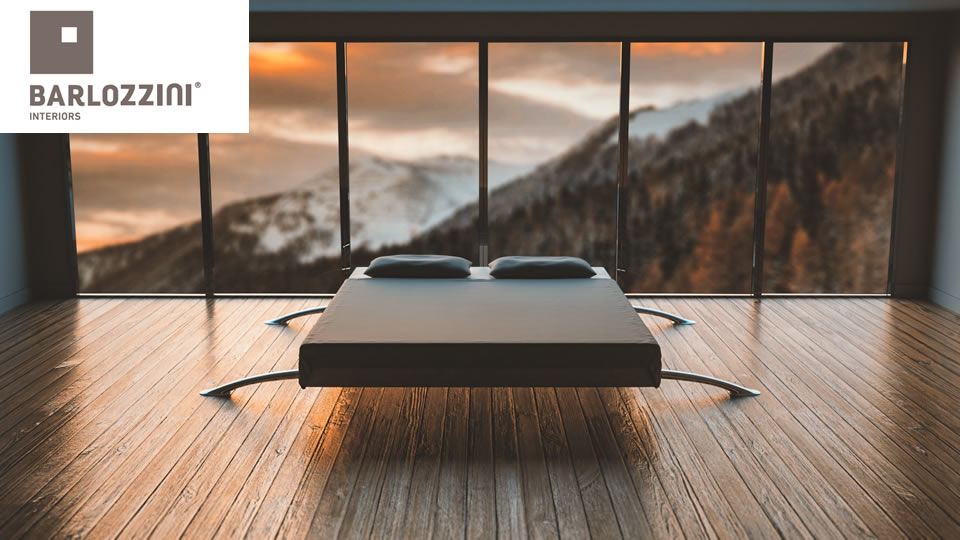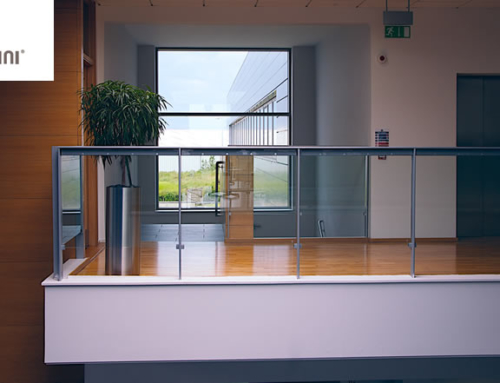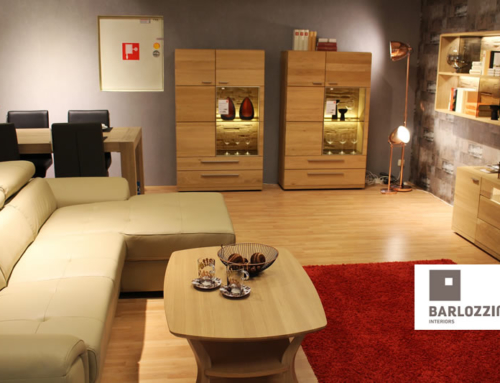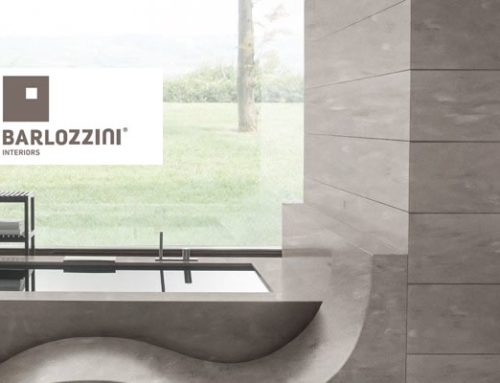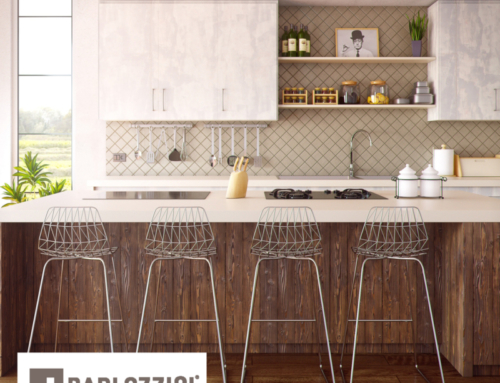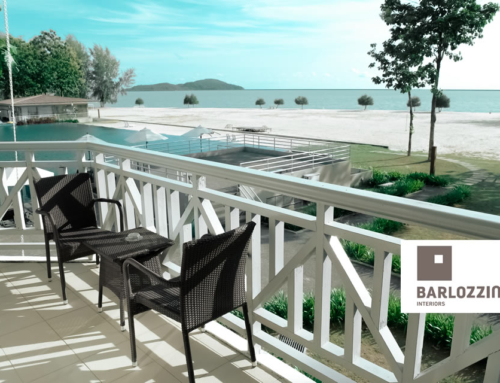Everybody loves a well furnished space.
It doesn’t matter whether it is an office space, a sitting room or a balcony. Good furnishings have been known to generally improve the mood of those within their immediate environment. As much as we all love to be within a properly furnished space, there is one major constraint that often times stands in the way of our ultimate furnishing goals – finances. Money by its very nature is limited in supply, and given that is the most accepted and used medium of exchange, its limited nature makes it to have an impact on everything, furnishings inclusive. So here is our guide to help you out of that predicament, and enable you furnish any space of your chosen on a budget.
Step 1: Create a list of all your furnishing needs
List creation is very important, because it sets the tone for every other step to be taken. When creating a list of furniture, fixtures and fittings, it is always important to take in to consideration the space to be furnished. You should also have a clear mental picture of how you want the space to look like, as this will guide you in your choices. Your environment will also play an influencing role, and the purpose of the space will have to be taken in to consideration.
Step 2: Add prices to the items on your list
Now that you have a list of all the furnishing you will like to have, the next step is to allocate prices to those items. Price allocation may sound simple, but it is actually not as easy as it sounds. As part of the process, you will probably have to check several websites, as well as reach out to numerous contacts companies and agencies. To be prudent, you should avoid going for the least cost, and make sure to factor in legal, communication and transport costs. When you are done, add up the individual costs to get the gross total.
Step 3: Strip down the list
 After you have had the gross total, compare it with the budget in hand. Should your budget exceed the calculated total, then you can proceed with furnishing. If the calculated total is higher, you will have to begin taking some things out of the list. Take off those items that will not necessarily alter your vision of the space, and work your way from there. For items that you consider as really necessary, consider getting cheaper alternatives. Continue doing this until you are at 80% – 90% of your budget, with the remainder being set aside as miscellaneous.
After you have had the gross total, compare it with the budget in hand. Should your budget exceed the calculated total, then you can proceed with furnishing. If the calculated total is higher, you will have to begin taking some things out of the list. Take off those items that will not necessarily alter your vision of the space, and work your way from there. For items that you consider as really necessary, consider getting cheaper alternatives. Continue doing this until you are at 80% – 90% of your budget, with the remainder being set aside as miscellaneous.
Step 4: DIY
Not all furnishing items have to be purchased. Some of them could actually be made by you. There a lots of do it yourself (DIY) videos with which to create amazing furnishings. Doing things by yourself could actually fill you with a huge sense of satisfaction, and it will enable you have a better appreciation of the completely furnished space.


